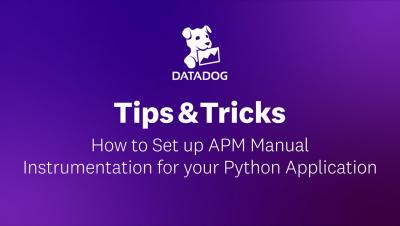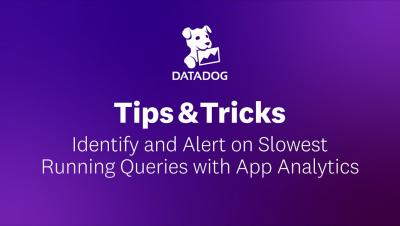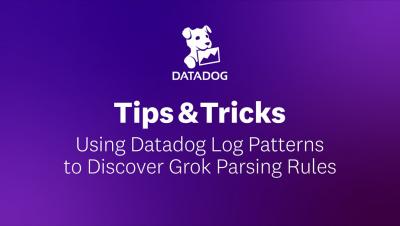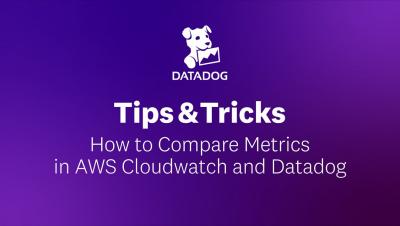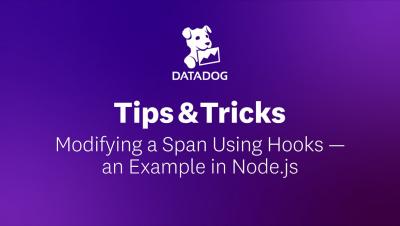Operations | Monitoring | ITSM | DevOps | Cloud
Datadog
Key metrics for OpenShift monitoring
Red Hat OpenShift is a Kubernetes-based platform that helps enterprise users deploy and maintain containerized applications. Users can deploy OpenShift as a self-managed cluster or use a managed service, which are available from major cloud providers including AWS, Azure, and IBM Cloud. OpenShift provides a range of benefits over a self-hosted Kubernetes installation or a managed Kubernetes service (e.g., Amazon EKS, Google Kubernetes Engine, or Azure Kubernetes Service).
OpenShift monitoring with Datadog
In Part 1, we explored three primary types of metrics for monitoring your Red Hat OpenShift environment: We also looked at how logs and events from both the control plane and your pods provide valuable insights into how your cluster is performing. In this post, we’ll look at how you can use Datadog to get end-to-end visibility into your entire OpenShift environment.
OpenShift monitoring tools
In Part 1 of this series, we looked at the key observability data you should track in order to monitor the health and performance of your Red Hat OpenShift environment. Broadly speaking, these include cluster state data, resource usage metrics, and information about cluster activity such as control plane metrics and cluster events. In this post, we’ll cover how to access this information using tools and services that come with a standard OpenShift installation.


